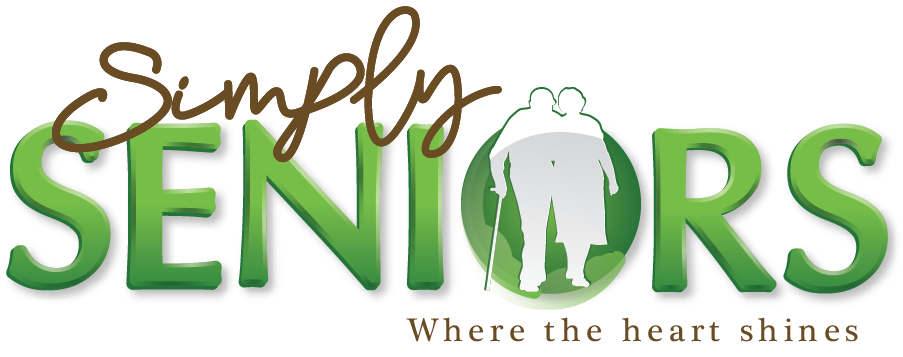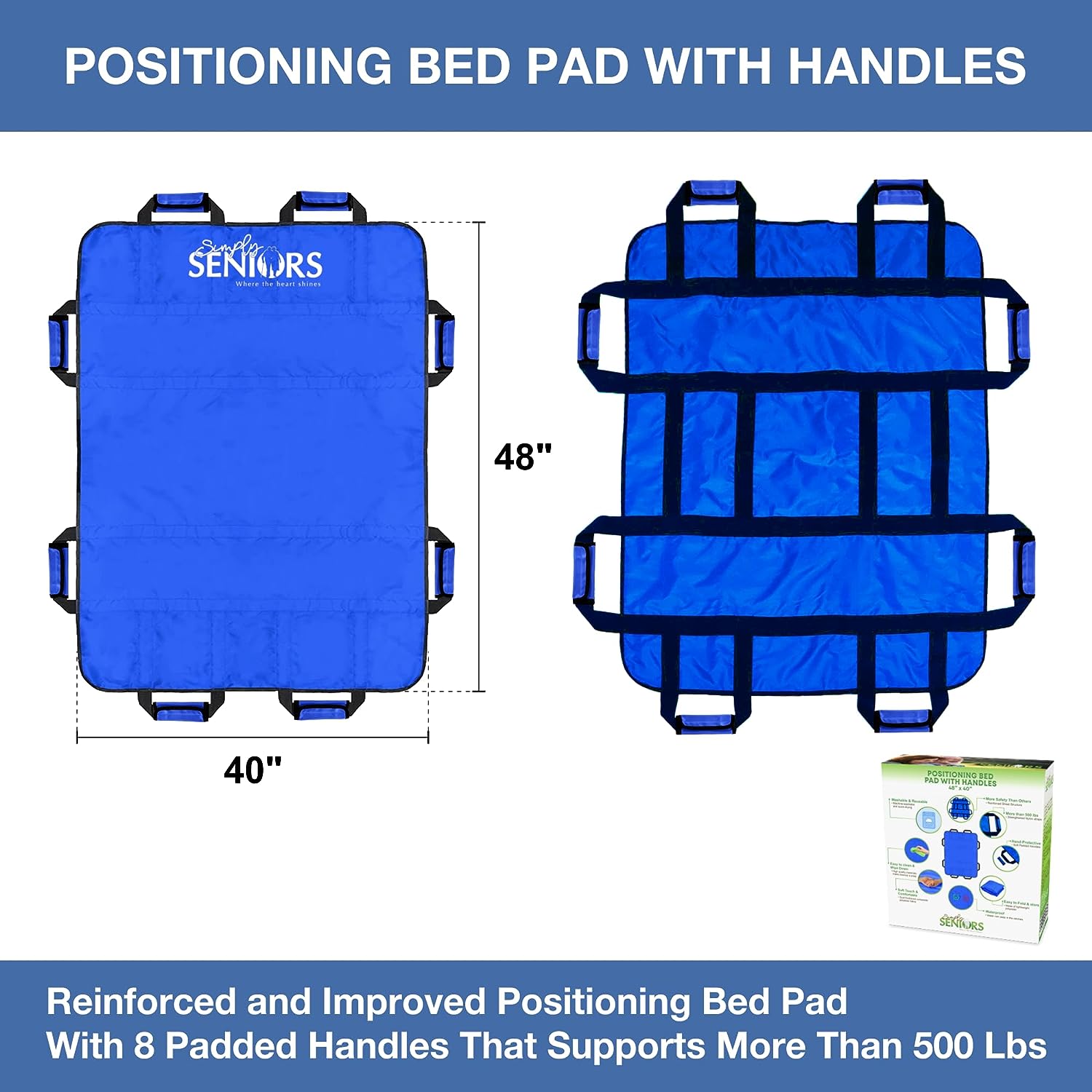Pressure ulcers, also known as bedsores or pressure sores, are a serious and often preventable health issue that can affect individuals with limited mobility. These painful skin injuries develop when prolonged pressure on specific areas of the body leads to reduced blood flow, causing damage to the underlying tissues. To address the risk of pressure ulcers, healthcare professionals often employ a multi-faceted approach, and one crucial component is the use of positioning pads.
Understanding Pressure Ulcers:
Pressure ulcers typically form in areas where the bone is close to the skin surface, such as the back, hips, heels, and elbows. Those at higher risk include individuals with limited mobility, such as the elderly, those recovering from surgery, or individuals with certain medical conditions. Prevention is key, as pressure ulcers can lead to complications such as infections, prolonged hospital stays, and decreased quality of life.
The Role of Positioning Pads:
Positioning pads are soft, supportive cushions designed to alleviate pressure on vulnerable areas of the body. They come in various shapes and sizes, catering to different needs and preferences. These pads are strategically placed under or around the body to redistribute pressure, reducing the risk of pressure ulcers. Here’s how positioning pads can help:
1. Pressure Redistribution:
Positioning pads are crafted from materials that distribute weight evenly, alleviating pressure on specific points of the body. This redistribution of pressure helps prevent the localized stress that can lead to the formation of pressure ulcers.
2. Improved Comfort:
By providing additional cushioning and support, positioning pads enhance the overall comfort of individuals who spend extended periods in one position. Increased comfort reduces the likelihood of continuous pressure on vulnerable areas.
3. Maintaining Proper Alignment:
Proper body alignment is essential for preventing pressure ulcers. Positioning pads can help maintain the natural alignment of the spine and limbs, minimizing the risk of tissue damage caused by awkward or sustained positions.
4. Reducing Friction and Shear:
Friction and shear forces can contribute to the development of pressure ulcers. Positioning pads, especially those with low-friction surfaces, help minimize these forces, reducing the likelihood of skin breakdown.
5. Promoting Blood Circulation:
Adequate blood circulation is crucial for preventing pressure ulcers. Positioning pads assist in promoting blood flow to vulnerable areas by relieving pressure, ensuring that oxygen and nutrients reach the skin and underlying tissues.
6. Versatility in Use:
Positioning pads come in various forms, such as donut-shaped pads, wedges, and full-body supports. This versatility allows healthcare professionals to tailor their use to the specific needs of each individual, considering factors such as body weight, mobility limitations, and the location of potential pressure points.
Conclusion:
In the holistic approach to preventing pressure ulcers, the use of positioning pads plays a vital role. These simple yet effective devices contribute to the overall comfort and well-being of individuals at risk, reducing the likelihood of pressure ulcers and the associated complications. As part of a comprehensive care plan, healthcare providers should assess each patient’s unique needs and incorporate positioning pads as necessary to address and mitigate the risk of pressure ulcers.


